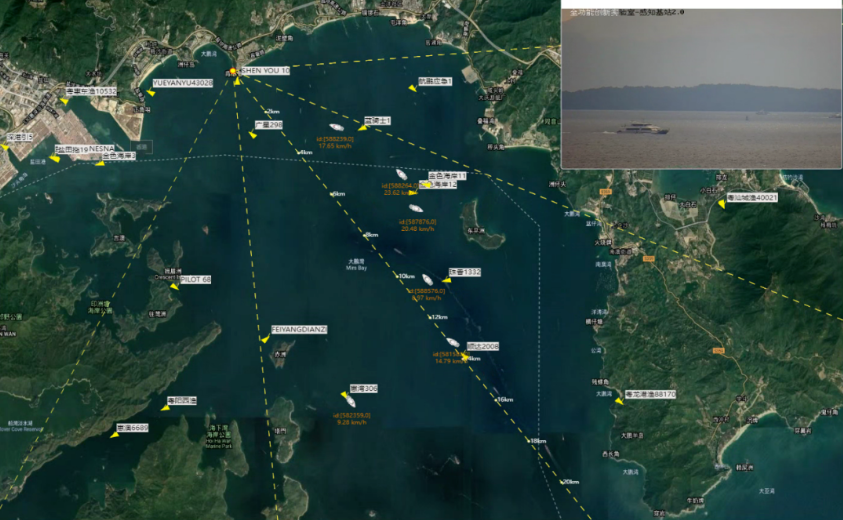
According to news from this site on October 22, the 5G Promotion Group’s public account announced that Huawei recently tested micro-deformation for the first time based on 5G-A synaesthesia fusion technology under the organization of the IMT-2020 (5G) Promotion Group. and ocean ship sensing and monitoring capabilities, and verified the synaesthesia enhancement performance of UAVs in low-altitude scenarios.

5G-A synaesthetic fusion technology can realize millimeter-level micro-movement perception of metal reflectors at line of sight.
This technical solution has important application prospects for identifying the deformation status of infrastructure buildings such as bridges and buildings and discovering potential risks and safety hazards in advance. This time Huawei’s synaesthetic fusion capability verification extends traditional low-altitude and road sensing capabilities to ocean scenes. In Yantian, Shenzhen, the 4.9GHz frequency band is used and 20MHz can be used to track and report the tracks of multiple ships.The sensing distance reaches 20km, and the average sensing speed error is less than 1km/h.

This capability verification provides important basic technical solutions for the commercial implementation of 5G-A synaesthesia in low-altitude economy and other fields.
Advertising statement: The external jump links (including but not limited to hyperlinks, QR codes, passwords, etc.) contained in the article are used to convey more information and save selection time. The results are for reference only. All articles on the site contain this statement.The above is the detailed content of Huawei completes 5G-A synaesthesia verification, testing micro-deformation and ocean ship sensing and monitoring capabilities for the first time. For more information, please follow other related articles on the PHP Chinese website!
 Is HONOR Huawei?
Is HONOR Huawei?
 How to switch between Huawei dual systems
How to switch between Huawei dual systems
 Is Huawei's Hongmeng OS Android?
Is Huawei's Hongmeng OS Android?
 The difference between vue3.0 and 2.0
The difference between vue3.0 and 2.0
 What does pdf mean?
What does pdf mean?
 How to solve invalid synrax
How to solve invalid synrax
 How to set up Douyin to prevent everyone from viewing the work
How to set up Douyin to prevent everyone from viewing the work
 Today's Toutiao gold coin is equal to 1 yuan
Today's Toutiao gold coin is equal to 1 yuan
 Oracle database recovery method
Oracle database recovery method




